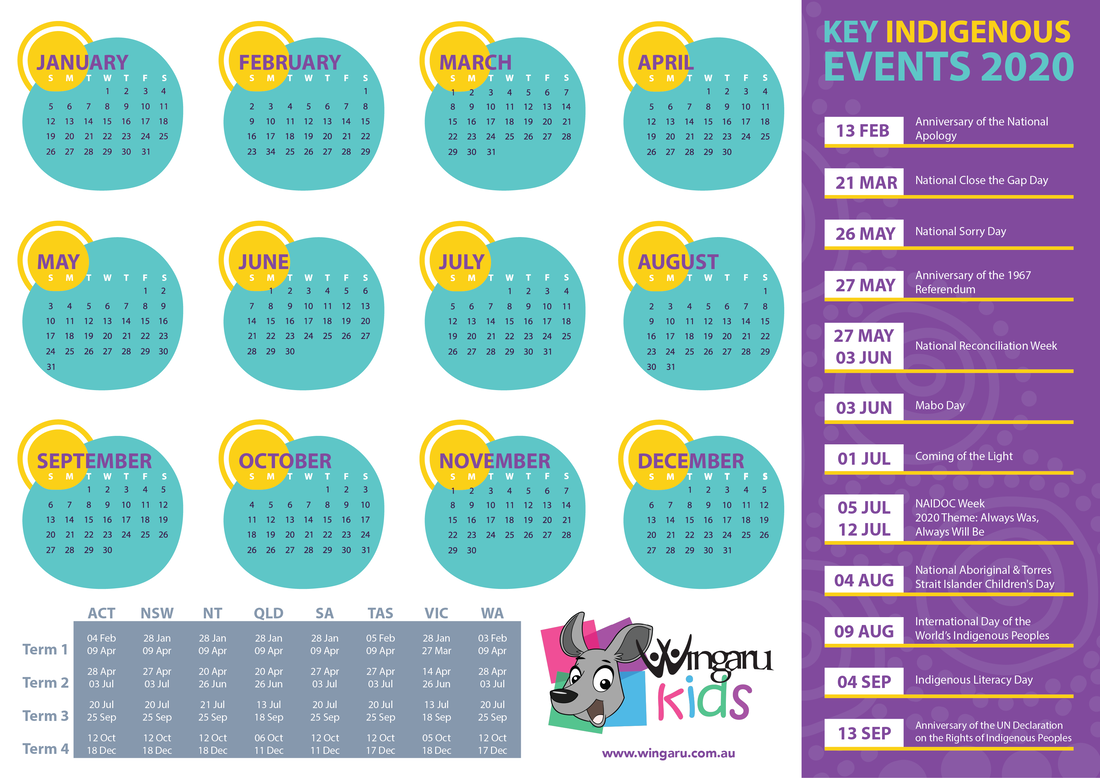Incorporating Aboriginal Perspectives in your Classroom in 2020
Can you believe it is 2020 already? I feel like 2019 passed by in a blink and all of a sudden we are here, a few days away from a new school year. A fresh start with new challenges ahead for teachers, students and parents.
Aboriginal perspectives is one of those challenges for many teachers. Putting together a program that meets curriculum requirements, is engaging and works for the kids in their class is no small feat, especially since a teacher may not have met the students in their class for the year ahead. Yet teachers do this year in and year out, usually during the holidays.
One of the challenges that comes up during this planning is how to incorporate Aboriginal perspectives, and how to do it in a meaningful way. The fear of being seen as tokenistic often means teachers do not include an activity out of respect and not wanting to offend somebody. I would love to see teachers feel comfortable in including perspectives, even if they are small. Small does not mean tokenistic. Short activities or pieces of information contribute to a child’s knowledge base and understanding of the world around them and when it comes to Aboriginal perspectives, short learning opportunities are much better than what most kids are getting now.
Wingaru Kids supports teachers to include a short activity/session that relates to something already being explored in the classroom. For example, include Aboriginal Astronomy with your study of Earth and Space Science or learn to count in Darug when exploring numbers and counting in Maths classes. This is a really easy way to include perspectives across all key learning areas.
The whole purpose of Aboriginal perspectives is to give kids an appreciation and understanding of Aboriginal and Torres Strait Islander people. It would be great to see 2020 as the year that we focus on getting more perspectives in the classroom and letting small things grow into a solid knowledge base for students going forward.
As a starting point you could:
Start the day by acknowledging the Traditional Owners of the land your school is on.
Find out how to say hello or good morning in the local language and greet your students in language.
Acknowledge key dates on the Aboriginal calendar and talk about what those dates mean and how that are observed – I have included our 2020 calendar with this post so you have a handy list of significant dates.
Talk about the issues in the media – the beginning of the school year starts just after Australia Day. Ask students what they did – there will likely be some who attended Aboriginal events; talk about how Aboriginal people might feel about the date we celebrate on; talk about why Aboriginal people might refer to the day as Invasion Day or Survival Day. Encourage everyone to respect each other’s views and consider them.
Bring some native fruits in for students to try during ‘munch and crunch’ time.
Include some Aboriginal resources in your classroom – posters, books, stickers, art. And make sure you use them or talk about them.
Follow Wingaru Education on social media and/or sign up to our monthly newsletter for ideas and free resources that may work in your classroom.
I’d love to hear how you are incorporating Aboriginal perspectives in your classroom. Maybe the things you are doing are just what another teacher needs to get the ball rolling in their classroom.
| Wingaru 2020 Calendar.png |

